Kamil Rocki
Simulation Intelligence: Towards a New Generation of Scientific Methods
Dec 06, 2021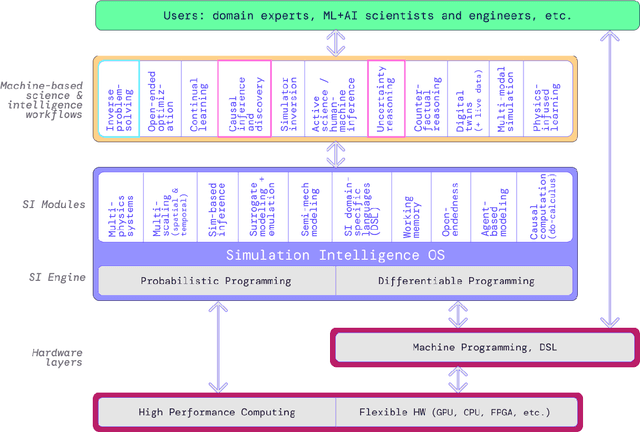
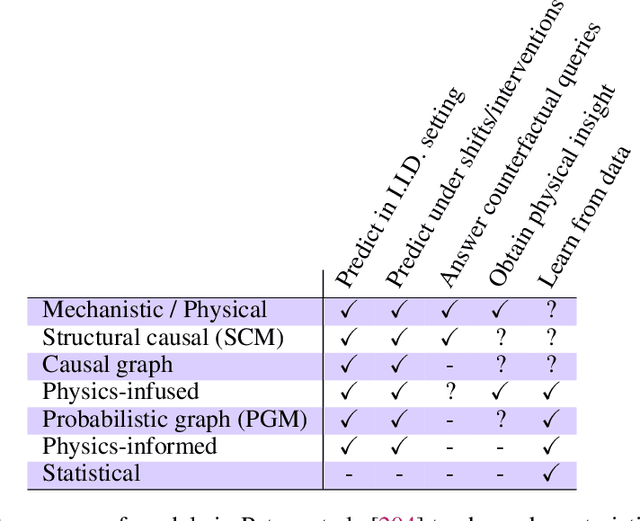
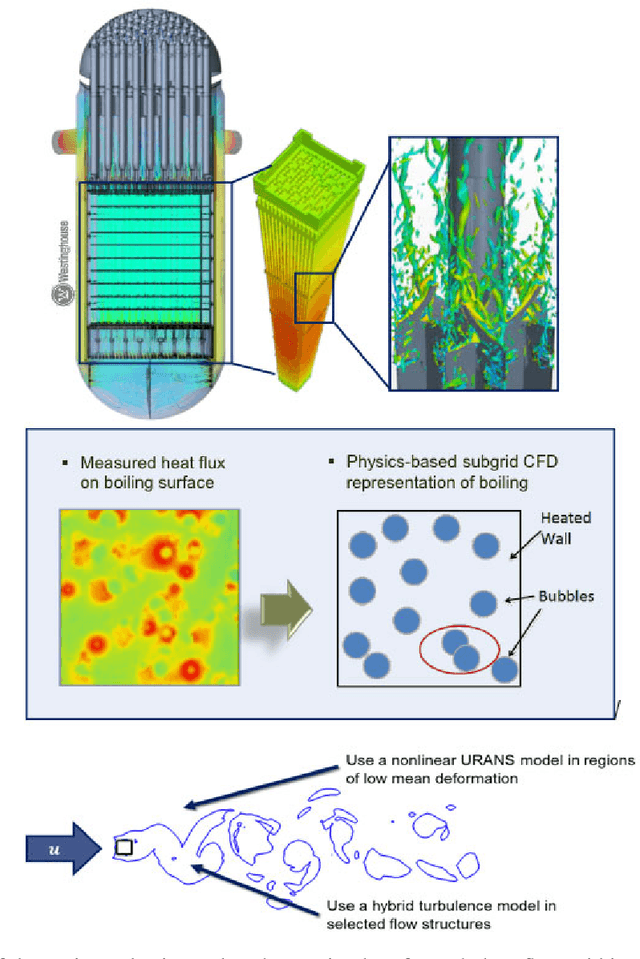
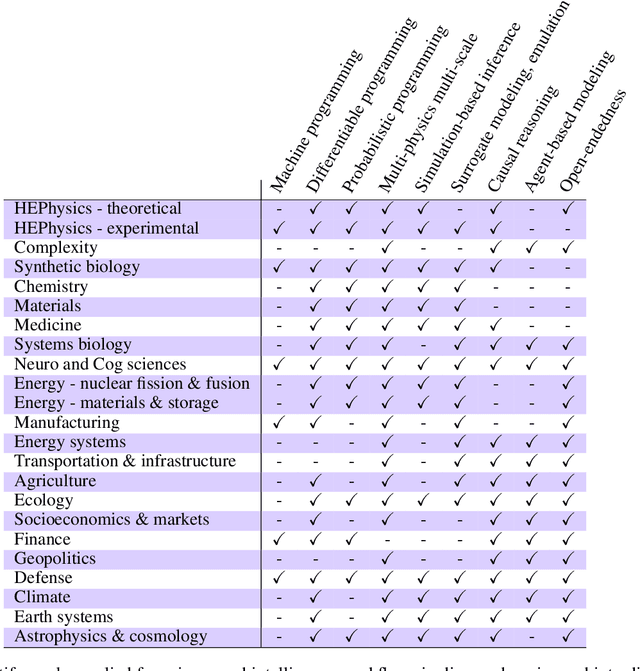
Abstract:The original "Seven Motifs" set forth a roadmap of essential methods for the field of scientific computing, where a motif is an algorithmic method that captures a pattern of computation and data movement. We present the "Nine Motifs of Simulation Intelligence", a roadmap for the development and integration of the essential algorithms necessary for a merger of scientific computing, scientific simulation, and artificial intelligence. We call this merger simulation intelligence (SI), for short. We argue the motifs of simulation intelligence are interconnected and interdependent, much like the components within the layers of an operating system. Using this metaphor, we explore the nature of each layer of the simulation intelligence operating system stack (SI-stack) and the motifs therein: (1) Multi-physics and multi-scale modeling; (2) Surrogate modeling and emulation; (3) Simulation-based inference; (4) Causal modeling and inference; (5) Agent-based modeling; (6) Probabilistic programming; (7) Differentiable programming; (8) Open-ended optimization; (9) Machine programming. We believe coordinated efforts between motifs offers immense opportunity to accelerate scientific discovery, from solving inverse problems in synthetic biology and climate science, to directing nuclear energy experiments and predicting emergent behavior in socioeconomic settings. We elaborate on each layer of the SI-stack, detailing the state-of-art methods, presenting examples to highlight challenges and opportunities, and advocating for specific ways to advance the motifs and the synergies from their combinations. Advancing and integrating these technologies can enable a robust and efficient hypothesis-simulation-analysis type of scientific method, which we introduce with several use-cases for human-machine teaming and automated science.
Learning to Remember, Forget and Ignore using Attention Control in Memory
Sep 28, 2018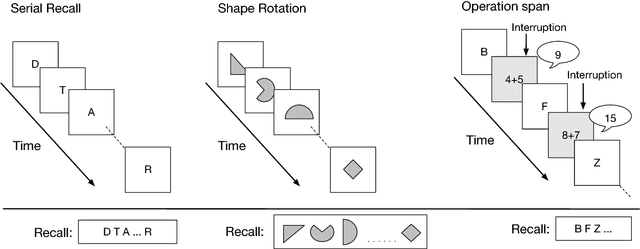
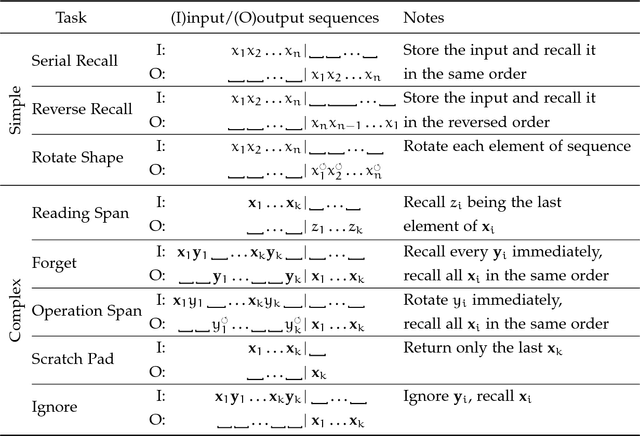

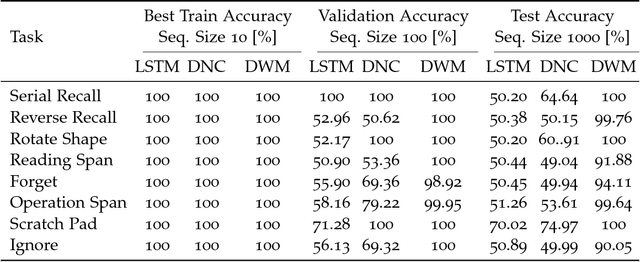
Abstract:Typical neural networks with external memory do not effectively separate capacity for episodic and working memory as is required for reasoning in humans. Applying knowledge gained from psychological studies, we designed a new model called Differentiable Working Memory (DWM) in order to specifically emulate human working memory. As it shows the same functional characteristics as working memory, it robustly learns psychology inspired tasks and converges faster than comparable state-of-the-art models. Moreover, the DWM model successfully generalizes to sequences two orders of magnitude longer than the ones used in training. Our in-depth analysis shows that the behavior of DWM is interpretable and that it learns to have fine control over memory, allowing it to retain, ignore or forget information based on its relevance.
Surprisal-Driven Zoneout
Dec 13, 2016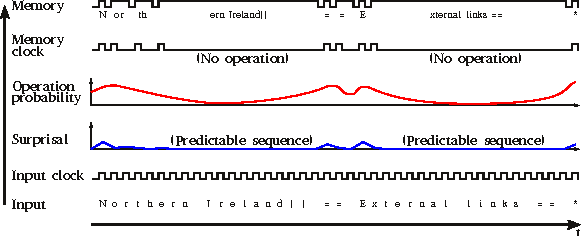
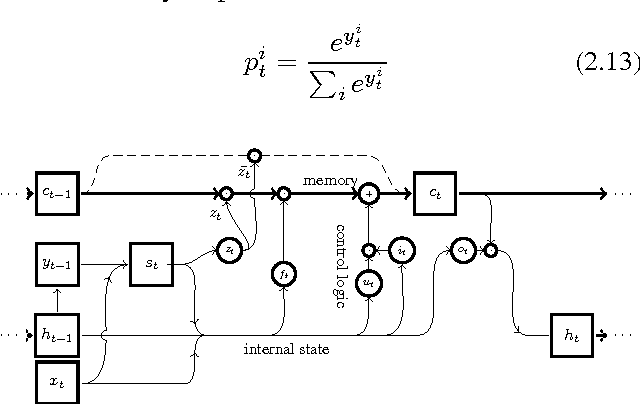
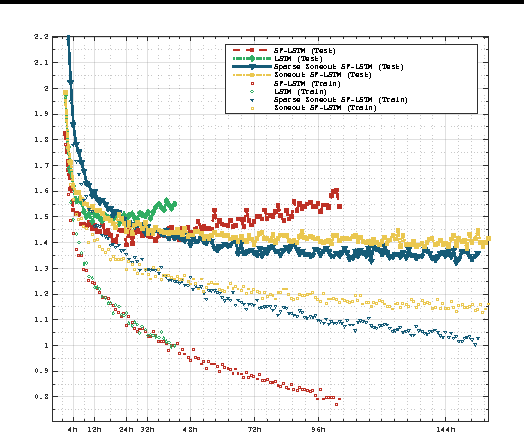
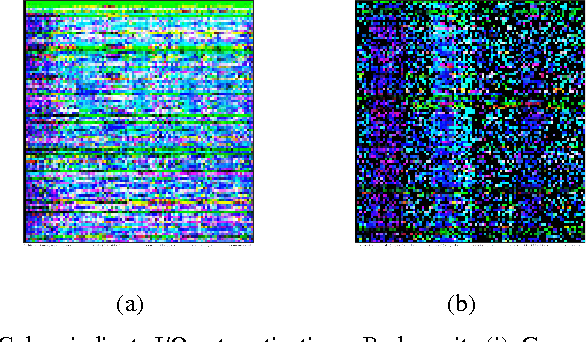
Abstract:We propose a novel method of regularization for recurrent neural networks called suprisal-driven zoneout. In this method, states zoneout (maintain their previous value rather than updating), when the suprisal (discrepancy between the last state's prediction and target) is small. Thus regularization is adaptive and input-driven on a per-neuron basis. We demonstrate the effectiveness of this idea by achieving state-of-the-art bits per character of 1.31 on the Hutter Prize Wikipedia dataset, significantly reducing the gap to the best known highly-engineered compression methods.
Recurrent Memory Array Structures
Oct 23, 2016
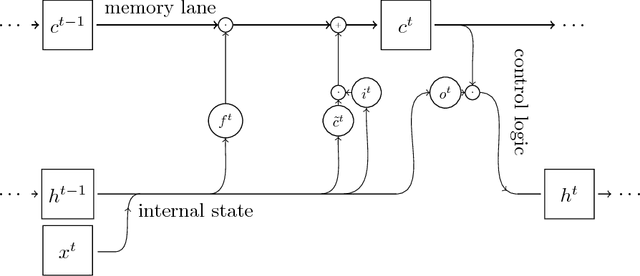
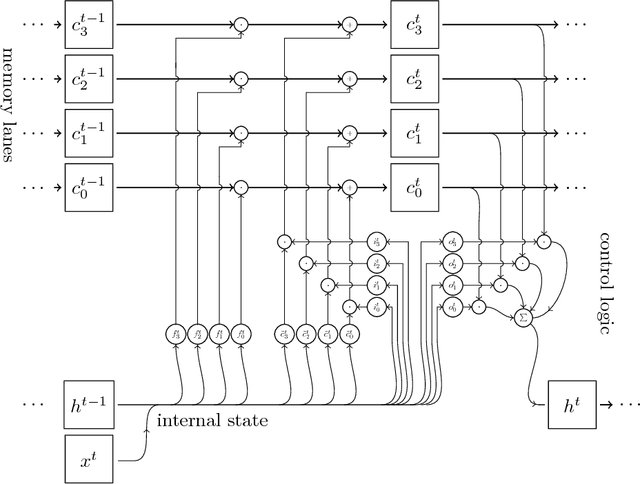
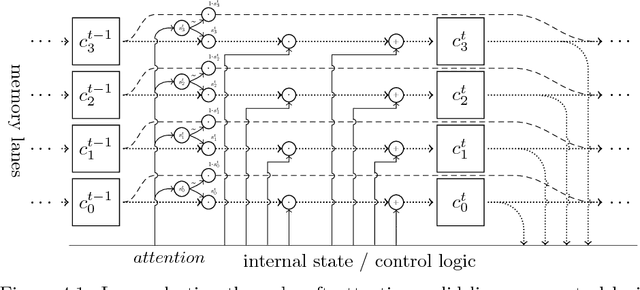
Abstract:The following report introduces ideas augmenting standard Long Short Term Memory (LSTM) architecture with multiple memory cells per hidden unit in order to improve its generalization capabilities. It considers both deterministic and stochastic variants of memory operation. It is shown that the nondeterministic Array-LSTM approach improves state-of-the-art performance on character level text prediction achieving 1.402 BPC on enwik8 dataset. Furthermore, this report estabilishes baseline neural-based results of 1.12 BPC and 1.19 BPC for enwik9 and enwik10 datasets respectively.
Utilization of Deep Reinforcement Learning for saccadic-based object visual search
Oct 20, 2016
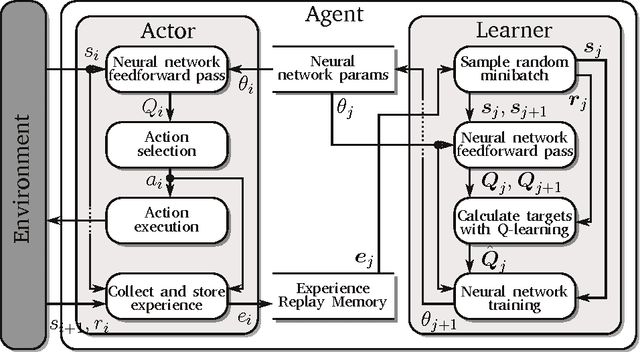
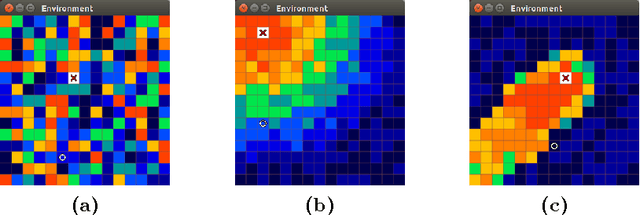

Abstract:The paper focuses on the problem of learning saccades enabling visual object search. The developed system combines reinforcement learning with a neural network for learning to predict the possible outcomes of its actions. We validated the solution in three types of environment consisting of (pseudo)-randomly generated matrices of digits. The experimental verification is followed by the discussion regarding elements required by systems mimicking the fovea movement and possible further research directions.
Towards Machine Intelligence
Mar 27, 2016Abstract:There exists a theory of a single general-purpose learning algorithm which could explain the principles of its operation. This theory assumes that the brain has some initial rough architecture, a small library of simple innate circuits which are prewired at birth and proposes that all significant mental algorithms can be learned. Given current understanding and observations, this paper reviews and lists the ingredients of such an algorithm from both architectural and functional perspectives.
Thinking Required
Dec 07, 2015Abstract:There exists a theory of a single general-purpose learning algorithm which could explain the principles its operation. It assumes the initial rough architecture, a small library of simple innate circuits which are prewired at birth. and proposes that all significant mental algorithms are learned. Given current understanding and observations, this paper reviews and lists the ingredients of such an algorithm from architectural and functional perspectives.
 Add to Chrome
Add to Chrome Add to Firefox
Add to Firefox Add to Edge
Add to Edge